Photographers Choose CFLs for their Studio Lighting
 Continuous lighting in a photography studio can make or break the photos being taken there. Therefore, the choice of light the photographer makes is essential to his or her photos, and will strongly influence the way they come out. ‘Hot’ lights, or incandescent or lights using a tungsten filaments and some other high intensity discharge (HID) light sources have long been the industry standard for studio lighting. Though hot lights have their advantages, they can be quite difficult, and even dangerous to use. Hot lights waste a tremendous amount of energy generating heat, thus making the studio rather uncomfortable, and also presenting a fire hazard. Photographers have substituted hot lights with ‘warm lights,’ which are typically compact fluorescent light (CFL) bulbbased lighting systems.
Continuous lighting in a photography studio can make or break the photos being taken there. Therefore, the choice of light the photographer makes is essential to his or her photos, and will strongly influence the way they come out. ‘Hot’ lights, or incandescent or lights using a tungsten filaments and some other high intensity discharge (HID) light sources have long been the industry standard for studio lighting. Though hot lights have their advantages, they can be quite difficult, and even dangerous to use. Hot lights waste a tremendous amount of energy generating heat, thus making the studio rather uncomfortable, and also presenting a fire hazard. Photographers have substituted hot lights with ‘warm lights,’ which are typically compact fluorescent light (CFL) bulbbased lighting systems.CFLs feature many advantages over hot lighting, the most obvious of which is that they remain far cooler. In most studio photography applications, photographers want light that is close to, if not identical to standard daylight, or 5,500˚K. CFLs are popular in studio photography because they naturally emit a diffuse light, thus allowing the photographer to cut down on the number of light diffusers he or she has to use. Studio photographers will also want a CFL with as high a CRI as possible to ensure that the colors being represented in the photo being taken are as accurate as possible.
BulbAmerica has tons of CFLs to choose from including twists, mini-twists, triple-tube, quad-tube, T8, T5, and many, many other styles. We stock CFLs from the best manufacturers including Feit Electric, Osram, GE, Sunlite, Platinum, Philips, and Ushio. Check it out today!






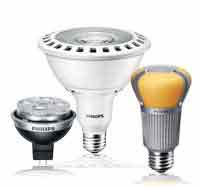
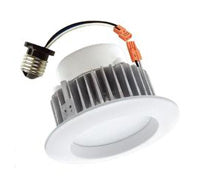

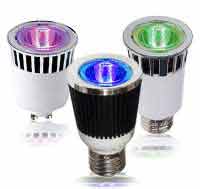


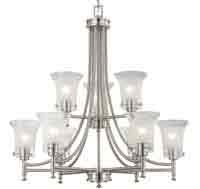
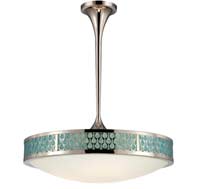




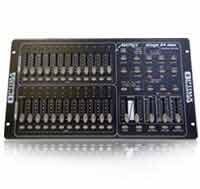


 Halogen bulbs
Halogen bulbs








Stay in Touch